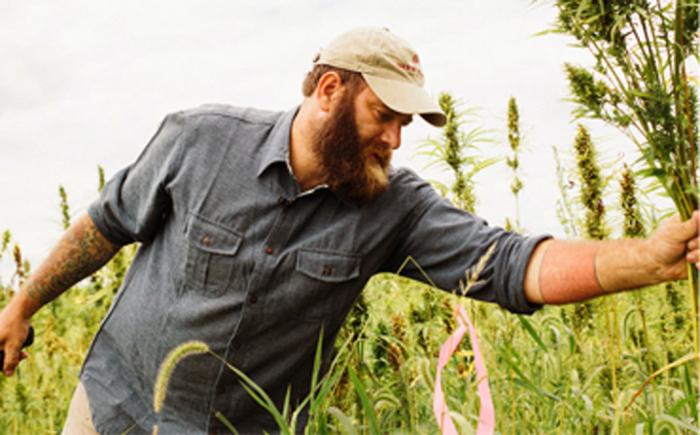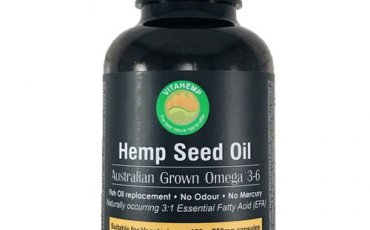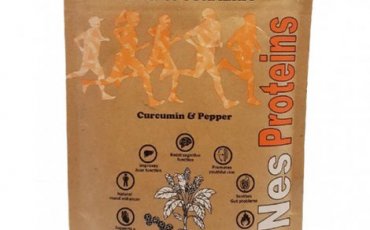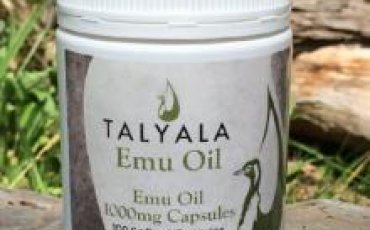Hemp - medicinal & food laws in Australia

Up until last year it was illegal to buy, grow and import the vast majority of medicinal cannabis products. This meant that people suffering from chronic pain, undergoing invasive treatments such as chemotherapy, and epilepsy were forced to purchase them from the black market compounding their suffering with the added risk of prosecution for drug use and possession.
In February 2016, the Australian Senate passed changes to the Narcotic Drugs Act allowing for the creation of a national body that will be able to issue licences to growers and regulate local crops of medical marijuana. Although the drug is to remain a prohibited substance as defined under the poisons schedule, the Department of Health as well as the Therapeutic Goods Administration are in the process of reclassifying marijuana to the “controlled substance” class along with drugs such as morphine. For years advocates for the regulation of medicinal cannabis for particular health conditions have claimed that regulation will carve the path for a sustainable, safe local industry. This in turn, it is claimed, will allow more research to be conducted on the qualities of strains vs illnesses which in turn will pave the way for better evidence based decision making for both lawmakers and the medical profession.
Opponents of medical marijuana insist that any potential benefits that cannabis may have are vastly overpowered by the potential risks inherent in taking the drug. Apart from being contrary to the majority of the current research, this rationale is the complete opposite to that taken by the medical establishment in regards to opioid use. The severe detrimental side effects of opioid use such as addiction, accidental overdose and death are not considered extreme enough to counter their medicinal value. With cannabis risk of addiction is quite low, accidental overdose and/or death unheard of.
The two main cannabinoids from the Marijuana plant that are of interest to the medical community are THC and CBD. THC has a psychoactive component – this is what attracts recreational users to the drug. Aside from this THC has been shown to increase appetite and to reduce nausea as well as decrease inflammation, pain and muscle control problems. CBD, on the other hand, does not have any psychoactive properties. It may be useful in controlling epileptic seizures, reducing pain and inflammation and there is even the possibility that it may render some assistance in the treatment of mental illnesses and addictions.
As of April, 2016 Victoria became the only state in Australia to legalise the medicinal use of cannabis. Children suffering from severe epilepsy are to be the first patients with access to the drug in early 2017. The legislation allows the...
“Manufacture, supply and access to medicinal cannabis products in the state”.
The drug will be made accessible in a number of forms, including oils, sprays, tinctures, capsules and vaporisable liquids and would be rolled out over time with availability made eventually to those with HIV and palliative care. Manufacture of the drug will be overseen by an Office of Medicinal Cannabis with the office also responsible for the education of doctors and patients regarding their eligibility for the scheme.
Hemp as Food
In medieval times hemp was used in places such as Germany and Italy as a common ingredient in recipes such as pies and soups. Nowadays hemp is used in Europe, Canada and the USA in a range of foods. The leaves of the plant may be eaten however it is the seeds that have the most nutritional value. Hemp seeds contain all eight essential amino acids as well as proteins, vitamins, minerals and polyunsaturated fatty acids – in particular the omega three fatty acids. Hemp seed and oil have a nutty flavour similar to that of flaxseed and can be eaten raw or added to cereals, smoothies, baked into muffins and other recipes. There is an ever expanding variety of food products containing hemp. Some of these include granola, protein powders, hemp milk, hemp tofu and hemp butter. Hemp oil has a strong nutty flavour and is used mainly as a supplement. It is nutritionally superior to both olive and flaxseed oils although care must be taken to ensure that it is not heated or cooked.
There are current proposals to allow foods derived from hemp in both Australia and New Zealand. As recently as March 2016 the Food Standards Australia and New Zealand (FSANZ) were asked by government ministers to put forth a proposal as to how low THC hemp may be legally designated as a food. In response FSANZ prepared Proposal P1042 and released a call for submissions in late July 2016. As of the present time the seeds or any other part of the hemp plant may not be used as an ingredient in foods in Australia as it is prohibited by the Food Standards Code. Previous applications to allow hemp to be used as a food in Australia have been rejected by FSANZ due to concerns of ministers that it may send a mixed message to consumers regarding the safety and acceptability of illicit cannabis as well as cause problems for drug enforcement agencies. Another factor complicit in the rejection of these applications was the uncertainty as to whether the use of hemp in foods would have an impact on roadside drug testing. The results on a study involving the effects on road side drug testing will be available by April 2017 and will be considered by FSANZ when evaluating Proposal P1042. Preliminary yet unpublished studies however indicate that hemp foods will have little to no effect in road side drug testing. Ministers will have 60 days to ask FSANZ to reconsider their ruling once a decision has been reached. More information regarding the proposal process may be found at http://www.foodstandards.gov.au/code/fofr/Pages/default.aspx.




